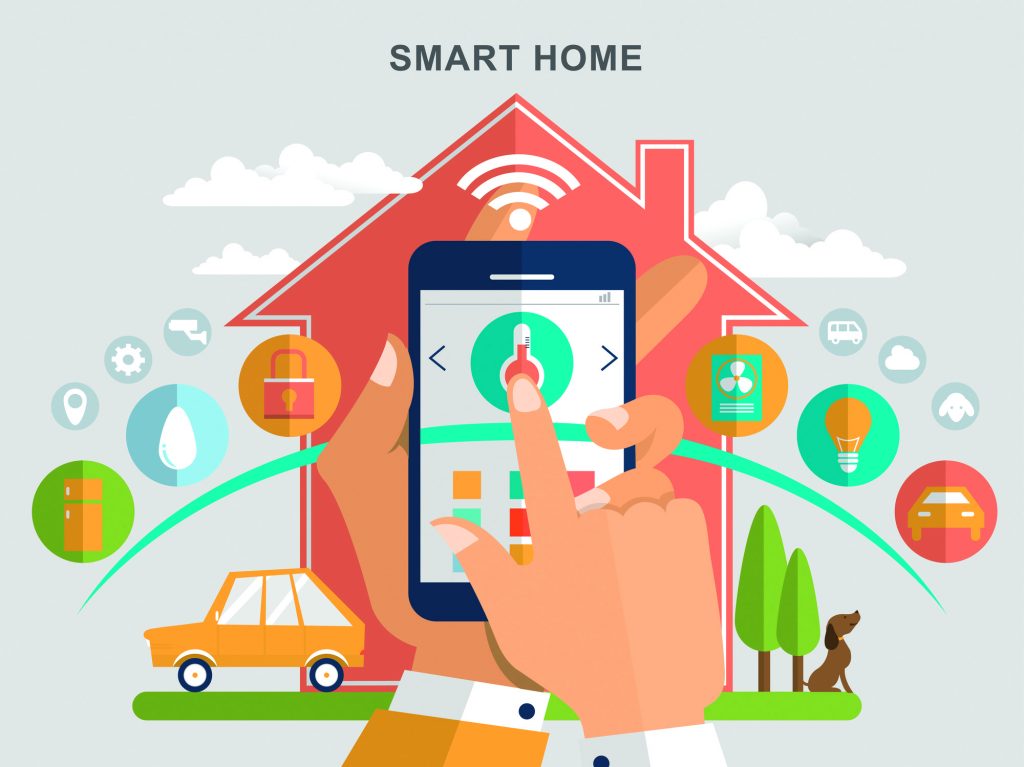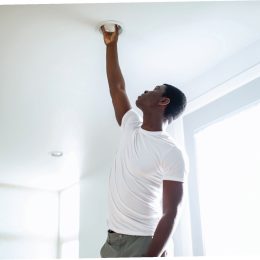
photo by istock/Getty images plus
BY TOM TATE
The concept of the smart home is not as new as you might expect. In the late 1980s, as a product manager for Honeywell, I got to see a real smart home.
Honeywell’s smart home contained impressive automation capabilities. Lighting, security, fire monitoring, temperature control and appliance use were all automated to adapt to occupant and environmental inputs.
But the learning curve for the user would be steep. In one room, Honeywell engineers filled a closet floor to ceiling with programmable logic controllers (an industrial digital computer).
Today, more than 30 years later, the world has the advantage of the internet and ubiquitous Wi-Fi. The development of these two communications capabilities has spawned a proliferation in the number and type of devices that can be “connected” and used to create smart homes.
For those who feel they are not-so-savvy when it comes to technology, good news abounds. Most devices offer a very simple setup. A typical process goes like this: power up the device, identify your Wi-Fi network from a list the device recognizes, and type in your password. You’ll be connected and ready for action.
Even easier is the one-button connection using the Wi-Fi Protected Setup (WPS) feature of many routers. Fire up the device, press the WPS button and click the connect button in the device’s program. Best of all, most devices offer an app for your smartphone.
For those who are tech-savvy, the sky is the limit. An abundance of inexpensive microcontrollers and peripheral sensors and controllers support smart home system creation from scratch. A programming approach termed IFTTT (If This Then That), enables users to connect different devices so an action or output from one generates some reaction in another.
I recommend swinging by one of the earliest purveyors of home automation goodness, Smarthome.com. These days, anything can be automated: lights, curtains, entertainment systems, door locks, garden watering, weather monitoring, appliance use…This is a great place to see what is possible.
Aside from being extremely cool and making life easier, a smart home can dramatically reduce energy consumption, especially for the major energy consumers in our homes, like lighting and temperature control.
Tom Tate writes on cooperative issues for the National Rural Electric Cooperative Association, the Arlington, Va. based service arm of the nation’s 900 plus consumer-owned, not-for-profit electric cooperatives.



